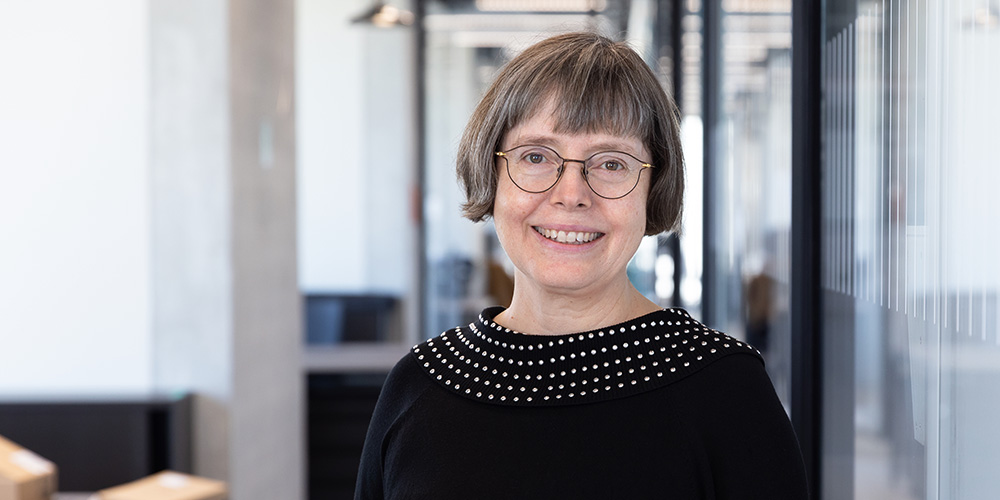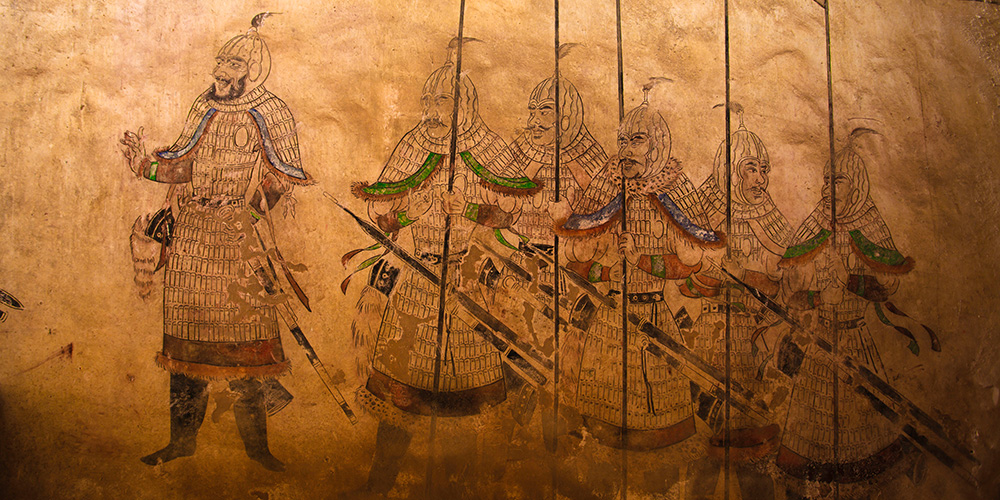“The psychosocial burden is not to be underestimated”
Switzerland is gradually easing the measures imposed to halt the spread of the new coronavirus. However, the fight against Covid-19 is far from over. People working in healthcare are more aware of this than most. In an interview, Prof. Michael Simon, Professor in Nursing Science at the University of Basel, speaks about the challenges faced by staff in hospitals and nursing homes.
29 April 2020
Dr Simon, although the coronavirus curve has been flattened in Switzerland, the virus will be with us for a long time to come. What does this mean for healthcare?
The main concern now is to prevent a second wave from occurring. Until now, Switzerland has coped well with the situation. Even in those cantons most affected by the virus, the demand did not exceed capacity in the intensive care units. However, this situation could change rapidly if the country is hit by a second virus wave. This is very serious, so everybody needs to do their bit.
Would Switzerland be able to cope with a second wave?
Our hospitals made extremely detailed preparations from the outset, and we have increased the number of beds in the intensive care units. However, the challenge lies in being able to staff these units with qualified nursing teams. With the high proportion of staff from neighboring countries and across borders, this might become especially difficult with the ongoing discussions about enforced recruitment of trained healthcare professionals.
Have we gained enough time to train additional nursing staff for these intensive care units?
Staff working in these units require additional qualifications, and this is something that is underestimated by many. After all, nursing in general and intensive care in particular involves more than simply taking a patient’s temperature and bathing them from time to time. It requires a great deal of training and years of experience. Knowing how to use a respirator and treating patients with complex diseases and therapies are just two examples. Switzerland is dependent on recruiting nursing staff from abroad. We do not have nearly enough highly qualified personnel of our own.
Will this situation change now due to the coronavirus crisis?
While it is true that public awareness of the nursing profession has certainly grown, part of the strategy going forward after the crisis should be to improve the career prospects associated with a nursing career, keeping nurses in the profession and to train enough nursing staff in Switzerland for the future. A lack of nursing staff – both in the intensive care units and elsewhere – is not a problem that can be resolved within a few weeks or months.
We’re still in the eye of the storm. What are the biggest challenges that healthcare professionals are currently facing due to the crisis?
The psychosocial burden for doctors and nursing staff in COVID-19 units is not to be underestimated. In some cases, healthcare workers are having to isolate themselves in order to protect their families from the risk of infection. Despite very strict precautions, it is not possible to entirely prevent staff from becoming infected while working in Covid-19 units. There are also many practical problems on top of this – childcare being one of them – and a great deal of uncertainty. These professionals are in a marathon right now, and measures such as self-isolation can place a huge strain on them. Together with other researchers, we have submitted a project proposal focusing on psychosocial stress among other things.
Could you provide more details?
Part of the project is to use antibody tests to find out how many healthcare professionals have already been infected by the virus. Another measure is to use a survey to ask participants about their psychosocial situation. We want to determine exactly how nursing and medical staff are being affected by Covid-19, so that we can support them and alleviate the pressure.
How do you see the situation for healthcare professionals working outside hospitals?
This is actually where the circumstances are being most keenly felt. While the hospitals could prepare effectively for the pandemic, this is much more of a challenge for nursing homes and home care organizations (Spitex).
Why is that?
They have far fewer resources at their disposal than hospitals. For a long time, there was a distinct lack of personal protective equipment for the staff working at these sites. Self-employed workers in healthcare jobs have been virtually left to fend for themselves. Where are they supposed to find this protective equipment? This question was left unanswered for many weeks.
Have the circumstances improved since then?
Yes, at least insofar as handing out protective equipment is concerned. Nevertheless, dealing with Covid-19 in care homes is an extremely demanding task. If cases occur in a home, both the infrastructure and people working there come under immense strain.
Can you elaborate on that?
The share of highly trained staff in nursing homes is lower than in hospitals, and different professional groups are tasked with looking after the residents. Not all these groups are equally trained in dealing with respiratory infections. Staff need a lot of training and information, if they are to alleviate people’s fears and insecurities. There’s also another issue specific to this environment in that residents with dementia, for example, aren’t able to understand what is happening or why certain measures are being taken. This is very different to the setting in an intensive care unit, where dealing with infected patients is part of the routine and protective equipment is adequately available.
Is it even possible to sufficiently isolate infected people in nursing homes from one another?
In theory, yes, but it depends greatly on the conditions of the facilities, whether the home can be divided into separate areas, and if the nursing team can be divided up and adequately distributed across them. Given the available resources and size of the task at hand, it is clear that a care home has to put a lot of effort into protecting its staff and ensuring its residents stay healthy. Hospitals have set up separated Covid-19 units and, in some cases, divided up medical staff into multiple groups. If a member of one care team becomes infected, another team takes over. Such an arrangement would pose a major logistical task for many nursing homes.
What can nursing homes do in this difficult situation?
The main instrument is to keep enforcing strict protective measures, so that people do not become infected in the first place. Nursing homes and home care organizations have coordinated and developed their procedures to reflect this. However, nursing homes are not hospitals. The people live there and have their own social space. Visits from relatives are extremely important for social integration, which is why restrictions – especially if they remain in effect for a longer period – may have a severe negative impact on residents. Even if the government does continue to relax the measures designed to curtail the spread of Covid-19 – which is understandable from an economic perspective – the threat of infection is still very much there, especially for at-risk groups.
Further information
Prof. Dr. Michael Simon, University of Basel, Department Public Health, Nursing Science, phone +41 61 207 09 12, email: m.simon@unibas.ch




